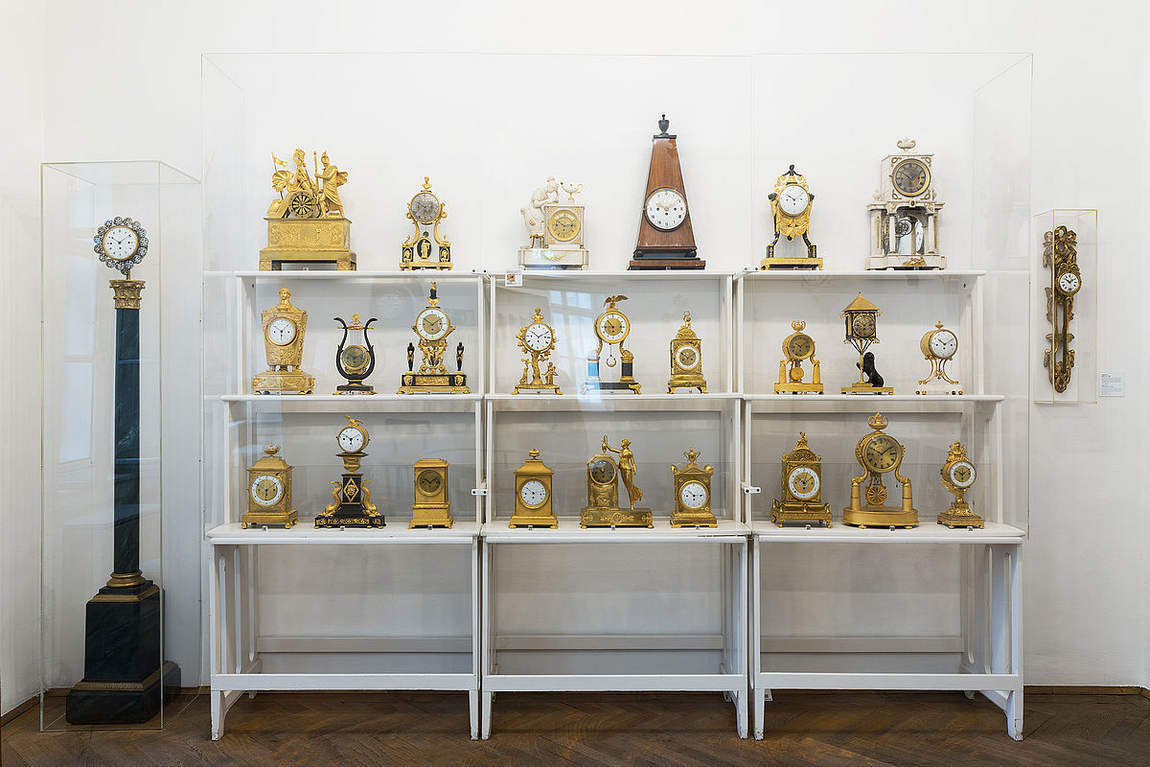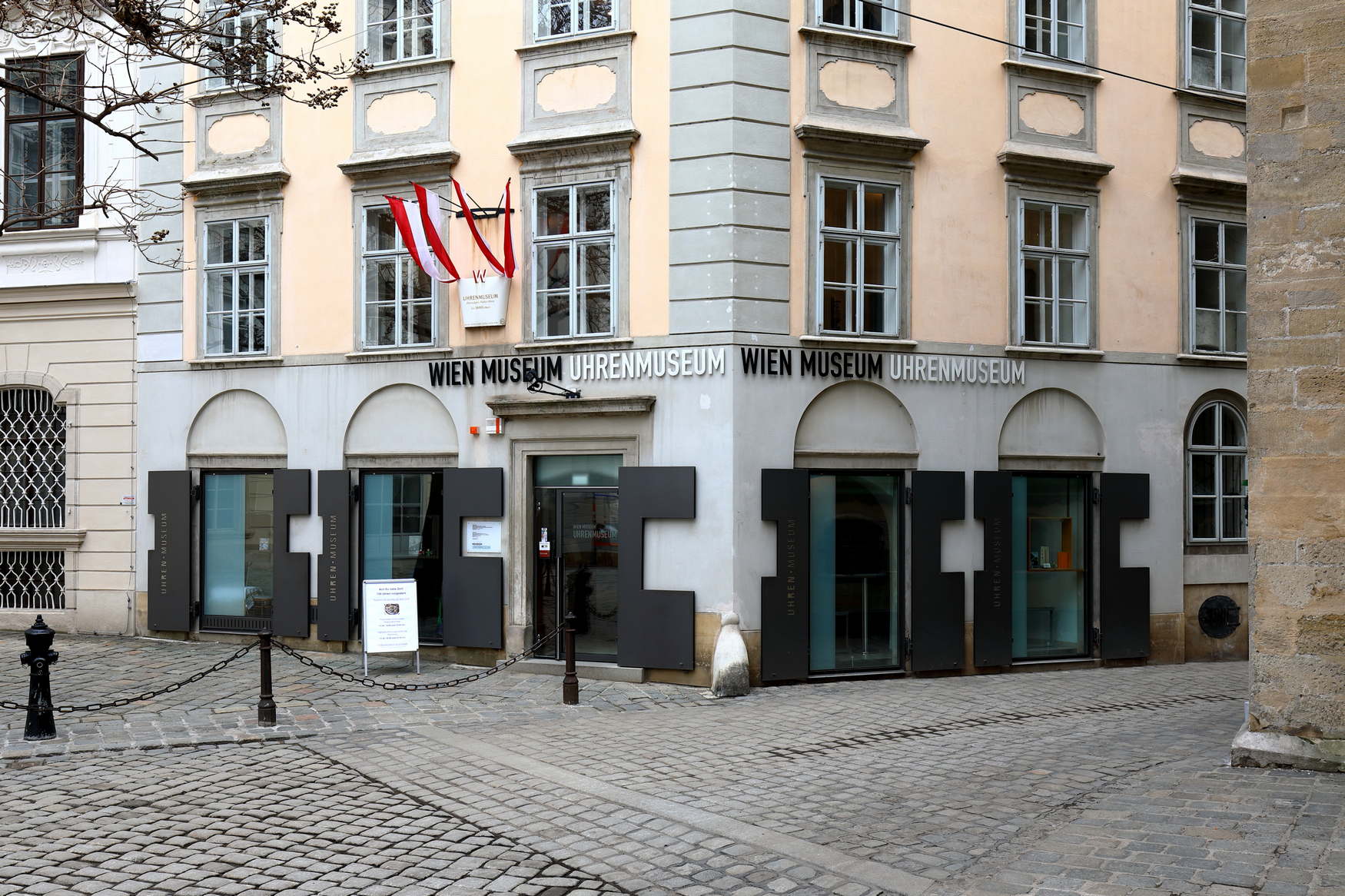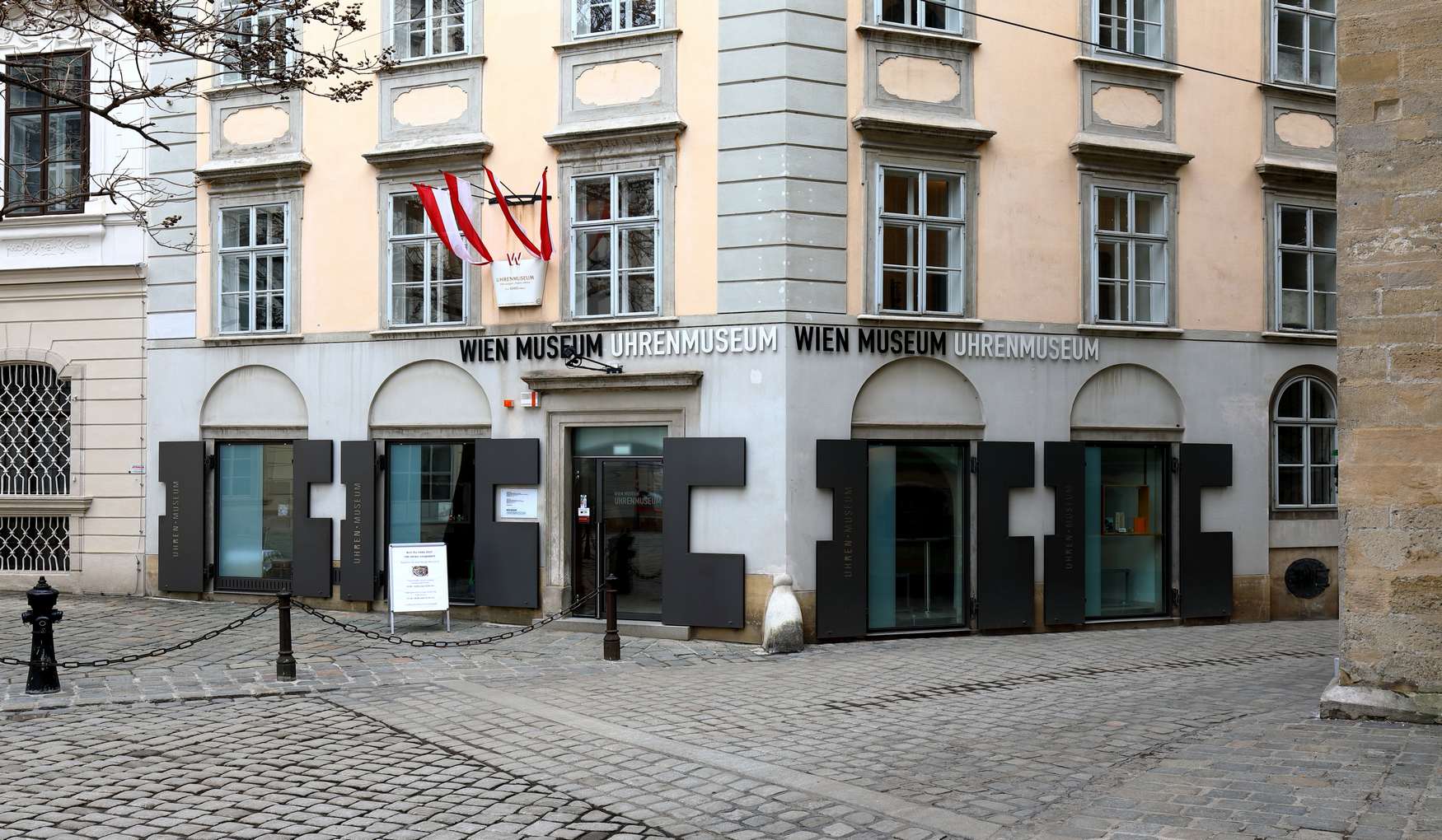There's no need to talk about the value of time — everyone knows how it's slipping through their fingers. More than a millennium has passed since the world's first clocks and watches were made. The Clock and Watch Museum in Vienna is the place to see how time has changed over the years.
It has a huge collection of clocks and measuring instruments and displays many types of timekeeping devices. You've probably never seen a collection like this before. Children will love the variety and the fact that many of the clocks are still working! So take the family to the Vienna Clock Museum — there's a lot to see!

Of course, you won't find ancient equipment from centuries before Christ here. But you can trace the history of time from 1921 to the present day. Children and art lovers will be interested in the clocks built into paintings. You'll find Art Nouveau, Rococo, Baroque, Neo-Gothic and Renaissance pieces.
As the styles changed, so did the appearance of the timekeepers. It is interesting to see how clocks with luxurious ornamentation and shapely figures in their frames gave way to more austere forms.
There is also a particularly valuable collection that will certainly interest younger visitors. We're talking about astronomical clocks. The astronomical clock made by Cajetano in 1769 shows not only the time, but also the length of the day and the position of the planets with sensational accuracy. Another astronomical clock by master Joachim Oberkircher is a floor clock.
In one of the halls there are many massive floor clocks next to wall clocks. There are even tower clocks. There are also many unusual models in the ticking museum.
Children, for example, are often fascinated by the candle clocks. The collection of pocket watches that belonged to the Austrian Baroness Maria Ebner, the early 15th-century blue porcelain tower clock and the floor clock from the villa of the actress Katharina Schratt in Bad Ischl deserve special attention. There are also many pocket watches by famous watchmakers in the museum.
It is pointless to say much about the Uhrenmuseum in Vienna, because the bottom line is that the collection is quite interesting and it is better to see it than to read about it, even in the most detailed description. It's worth spending a couple of hours to see how versatile everyday objects can be, and without which it's hard to imagine human life today.
Children will love the dancing and singing clocks, while adults will be more interested in the more ancient prototypes of modern mechanisms. Bring your pre-school or school-age children. They will find the museum's exhibits understandable and interesting.
.jpg)
After visiting the museum, we recommend that you continue your tour outside and walk to the Hoher Markt to see the famous Vienna Ankeruhr clock. Located on a bridge between two buildings, it is unusual in that it is decorated with three-metre-high brass figures that alternate to music.
Among them are figures of famous Austrian personalities such as Maria Theresa of Austria, Marcus Aurelius, Charlemagne, Joseph Haydn and Emperor Franz I. The consoles that hold up the bridge are also interesting — they are decorated with images of Adam, Eve, angels and a demon. The parade of figures begins every day at 12 noon. It takes about 15 minutes for the whole cycle to take place — the square in front of the clock attracts many tourists who want to experience Vienna's small but colourful attraction.











